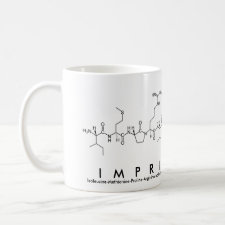
Authors: Holthoff EL, Stratis-Cullum DN, Hankus ME
Publication date: 2010
Article title: Xerogel-based molecularly imprinted polymers for explosives detection.
Page numbers: Art. No. 76650W
DOI: 10.1117/12.850129 Alternative URL: http://link.aip.org/link/?PSI/7665/76650W/1
Editors: Fountain AWI, Gardner PJ
Publisher: SPIE
City: Orlando, Florida, USA
ISBN: 0277-786X
Volume number: 7665
Conference information: Explosives Detection III
Abstract: Molecularly imprinted polymers (MIPs) can be utilized as artificial recognition elements for target chemical analytes of interest. Molecular imprinting involves arranging polymerizable functional monomers around a template followed by polymerization and template removal. The selectivity for the target analyte is based on the spatial orientation of the binding site and covalent or noncovalent interactions between the functional monomer and the analyte. The polymer materials of particular interest are sol-gel-derived xerogels. To allow for increased target recognition, the xerogel has specific functional groups, which allow for polymer interactions with the template molecule (and target analyte). In a sensor format, the recognition event is monitored with some form of transduction. MIP technology is still in its infancy and limitations such as non-specific binding may be overcome utilizing surface enhanced Raman scattering (SERS) as an integrated transduction method for enhanced sensor performance. The objective of the present work is to create a sensitive and selective MIP-SERS sensing platform for 2,4,6-trinitrotoluene (TNT).
Template and target information: 2,4,6-trinitrotoluene, TNT
Author keywords: molecular imprinting, SERS, Xerogel, sensor, Explosives



Join the Society for Molecular Imprinting

New items RSS feed
Sign-up for e-mail updates:
Choose between receiving an occasional newsletter or more frequent e-mail alerts.
Click here to go to the sign-up page.
Is your name elemental or peptidic? Enter your name and find out by clicking either of the buttons below!
Other products you may like:
 MIPdatabase
MIPdatabase









